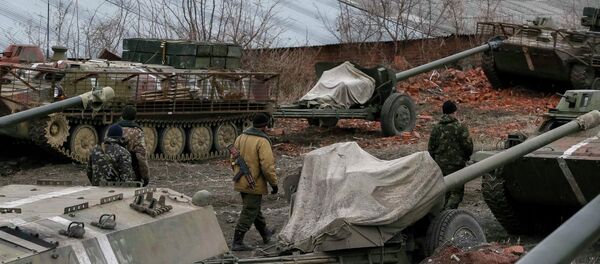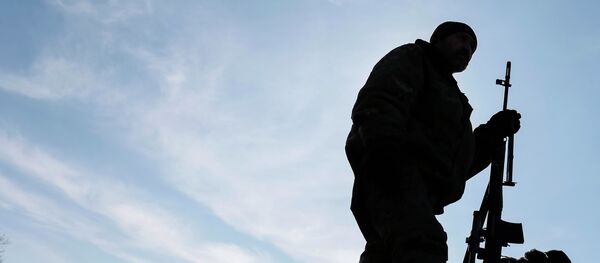"The success of the ceasefire is the transparency by all members involved," Breedlove told journalists at a joint press conference with NATO Secretary Jens Stoltenberg in Brussels.
He added that it is necessary that the Organization for Security and Co-operation in Europe (OSCE)'s monitoring mission receives information on where exactly the heavy artillery that has been withdrawn is currently located as well as their numbers.
Stoltenberg affirmed the possibility exists that heavy equipment in eastern Ukraine is being repositioned for possible new attacks instead of being withdrawn completely.
The arms pullout is the cornerstone of a 13-point ceasefire deal for Ukraine, agreed upon last month in the Belarusian capital of Minsk. It envisages the creation of a buffer zone between the conflicting sides by pulling back heavy weapons to locations equidistant from the contact line.
Militia forces in eastern Ukraine's Luhansk and Donetsk regions said they had pulled out all heavy arms by March 1, meeting the two-week deadline outlined in the Minsk deal. The Ukrainian army said Tuesday that it had also completed its part of the deal.
But the OSCE Special Monitoring Mission (SMM), which was tasked with observing the pullback, said earlier in the day it could not confirm the reports and requested more details from the warring parties.




